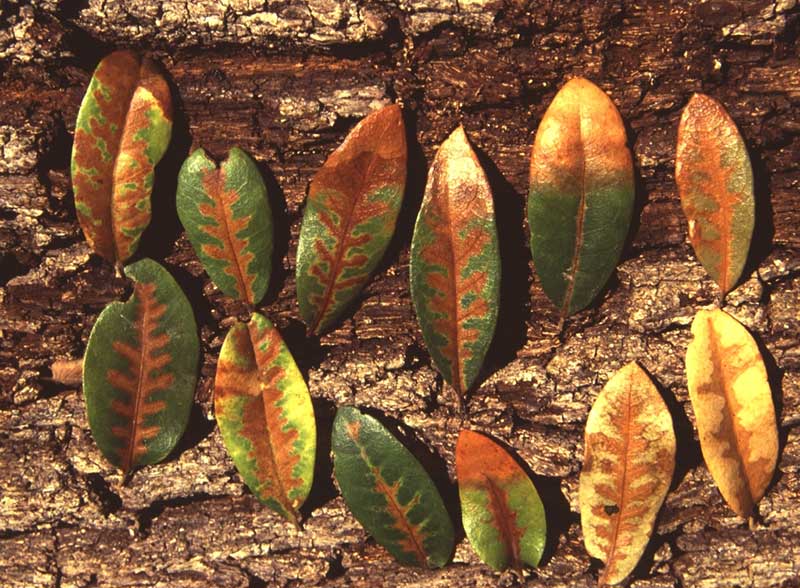Oak Wilt Disease
What is Oak Wilt?
Everyone in Texas has heard of Oak Wilt. It is one of the most destructive tree diseases in the United States, and it is killing oak trees in central Texas at epidemic proportions. Oak wilt is an infectious disease that is treatable if caught early enough, and deadly if handled improperly.
OAK WILT FAQ
- Oak wilt has been found in over 76 counties and in almost every city in Central Texas and beyond. When oaks dominate the landscape Oak Wilt has the potential to be a problem. Oak Wilt can affect both transplanted or naturally grown trees. An individual tree’s age, size, or previous health status does not make it more or less likely to contract or die from oak wilt.
- White Oaks such as Post Oaks, Bur Oaks, Mexican White oaks are the most resistant to the disease.
- Live oak is the most abundant oak in central Texas. While live oaks succumb to oak wilt in the greatest numbers, they also survive an infection better than most.
- Live oaks share a common root system and are likely connected to each other and other live oaks as far as 200 feet away.
- If oak wilt infects one of the trees in the stand, the disease spreads through the common root system to adjacent trees and an oak wilt infection center begins.
Preventing Oak Wilt
Prevention plays an important role in the management of oak wilt. Landowners and homeowners can take an active role in oak wilt prevention by taking the following steps:
- Avoid pruning or wounding oaks between February 1 and July 1. The least hazardous periods for pruning are during the coldest days of midwinter or extended periods of hot weather in mid-to-late summer.
- Sterilize/Sanitize all pruning equipment between trees using denatured methyl alcohol (shellac thinner), isopropyl alcohol, or a general-purpose household disinfectant such as Lysol, Listerine, Pine-Sol, or related products.
- Immediately paint all wounds on oaks to prevent contact with contaminated beetles. Wounds should be painted, regardless of the time of year, they were made, with commercial tree wound dressing or latex paint.
- Do not transport or buy unseasoned firewood. Fungal mats may form on unseasoned red oak firewood infected with oak wilt making it possible to spread oak wilt to uninfected areas. Seasoned firewood (dried for at least one year) should not present a threat of spreading oak wilt. Also, burning infected wood cannot transmit oak wilt.
- Promptly remove and either burn or bury all red oaks that are dying or have been recently killed by oak wilt.
Early detection and prompt action are essential for the successful management of oak wilt. If you think you might have oak wilt, protect your trees by calling Urban Tree Company TODAY to schedule an assessment (210) 440-1049.

